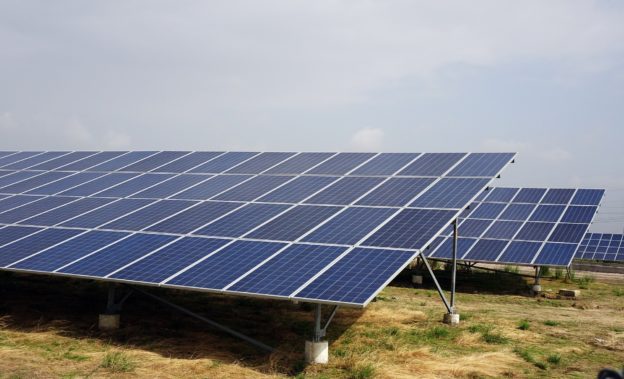
Polysilicon
Polysilicon prices continued to surge marginally this week, with overall mono polysilicon quotations sitting at roughly RMB 249/kg. As recent market intensity persists, most businesses have finished signing for April orders, and only several polysilicon businesses saw excessive volume and concluded transactions for sporadic orders this week that ended up ramping the prices of the product. In addition, logistics and shipping are still impeded by postponements due to the pandemic, followed by constrained provision of polysilicon in certain regions, as well as high operating rate of wafers that has somewhat accelerated the speed of new capacity release. As a result, polysilicon supply remains restricted with sufficient price support.
An observation on the production, operation, and shipment of the polysilicon sector indicates that individual polysilicon businesses are still under minor maintenance that does not exert significant impact on the whole, where partial polysilicon businesses are scheduled for overhaul between April and May, which would only prolong the short supply market status of polysilicon for the short term, as well as prevent prices from falling. End demand of Q2 will lower the operating rate of various segments of the downstream sector due to multiple factors from the Indian and US markets, and polysilicon prices would depend on the downstream demand and supply matching under polysilicon overhauls.
Wafers
Wafer prices had comprehensively risen this week, especially for large-sized wafers. M6 wafers have now rapidly switched to 182mm, and become a market customized product with poor market flexibility and constrained subsequent provision. M10 and G12 have now arrived at a respective mainstream concluded price of approximately RMB 6.77/pc and RMB 9.05/pc. Zhonghuan announced its latest list prices this week, where an apparent increment was seen in both M10 and G12. Various major businesses have been expediting their thinning progresses as the end sector is evident in favoring large-sized and thinned wafers. The mainstream of large-sized wafers has now lowered to 160μm.
An observation on the production, operation, and shipment status of the wafer sector indicates that various businesses are still planning to maintain a high operating rate, though they are hit with bottlenecks in crucibles and slicers, and a reduction in production among wafer businesses in April is possible. The exiting industry chain remains sluggish due to the pandemic, where factors such as impeded logistics and shipping, slow wafer cycles, insufficient capacity, and reduction in wafers, may aggravate wafer businesses’ intention in raising their prices.
Cells
Cell prices exhibited a minor inflation trend this week, where mono-Si M6, M10, and G12 cells had climbed to a respective mainstream concluded price of roughly RMB 1.11/W, RMB 1.15/W, and RMB 1.16/W. The additional degree of inflation in wafers, coupling with affected shipment and logistics of upstream wafers and cells under the pandemic, had prompted partial cell businesses to follow up on the increase of prices, which was not highly accepted by module makers, and the bargaining between the two segments will carry on for the short term. Some cell businesses have commented on the persisting order intensity for April, where a number of sporadic orders have seen risen prices and conclusions. A continuous increase in wafer prices may lead to an increase in cell prices.
Modules
Module prices remained largely stable this week, with mono-Si 166mm, 182mm, and 210mm modules sitting at a respective mainstream concluded price of roughly RMB 1.87/W, RMB 1.89/W, and RMB 1.9/W. With upstream cost constantly elevating recently, partial module houses are attempting to increase their prices, though the acceptance from the end sector has been relatively low, which adds pressure to the module sector. In terms of demand, India has subsided in demand for installation rush, while the reactivation of anti-circumvention investigation by the US has prompted a number of businesses to consider the impact of possible retrospect, which slows down overseas demand accordingly. For the domestic market, centralized projects are confined in price acceptance, and remain under bargaining, while distributed projects are continuously improving in demand. The exacerbated status of the pandemic has affected the production and transportation of several module makers by a certain extent, and a continuous ascension in upstream prices may lead to an incessant price increment for modules.
In terms of auxiliary materials, glass prices had slightly risen this week, with 3.2mm glasses concluding at roughly RMB 28/㎡ upon a climbing tendency in low prices, while 2.0mm glasses are now sitting at about RMB21/㎡ in mainstream concluded price. Due to higher production cost, a number of glass businesses have recently increased their prices, and the continuously depleting inventory of modules under smooth shipment has led to additional degree of acceptance for the market on inflated glass prices.
(Image:pixabay)







